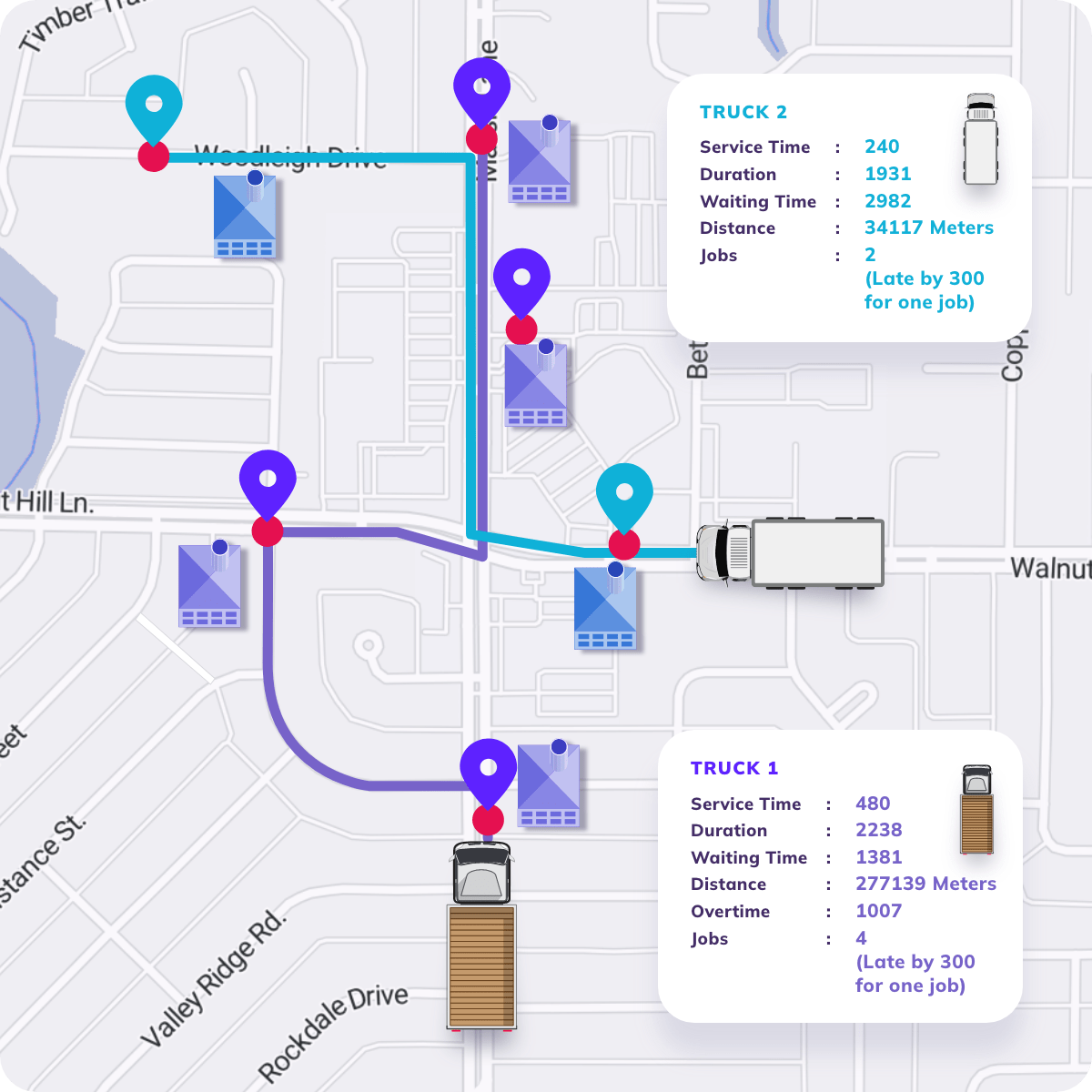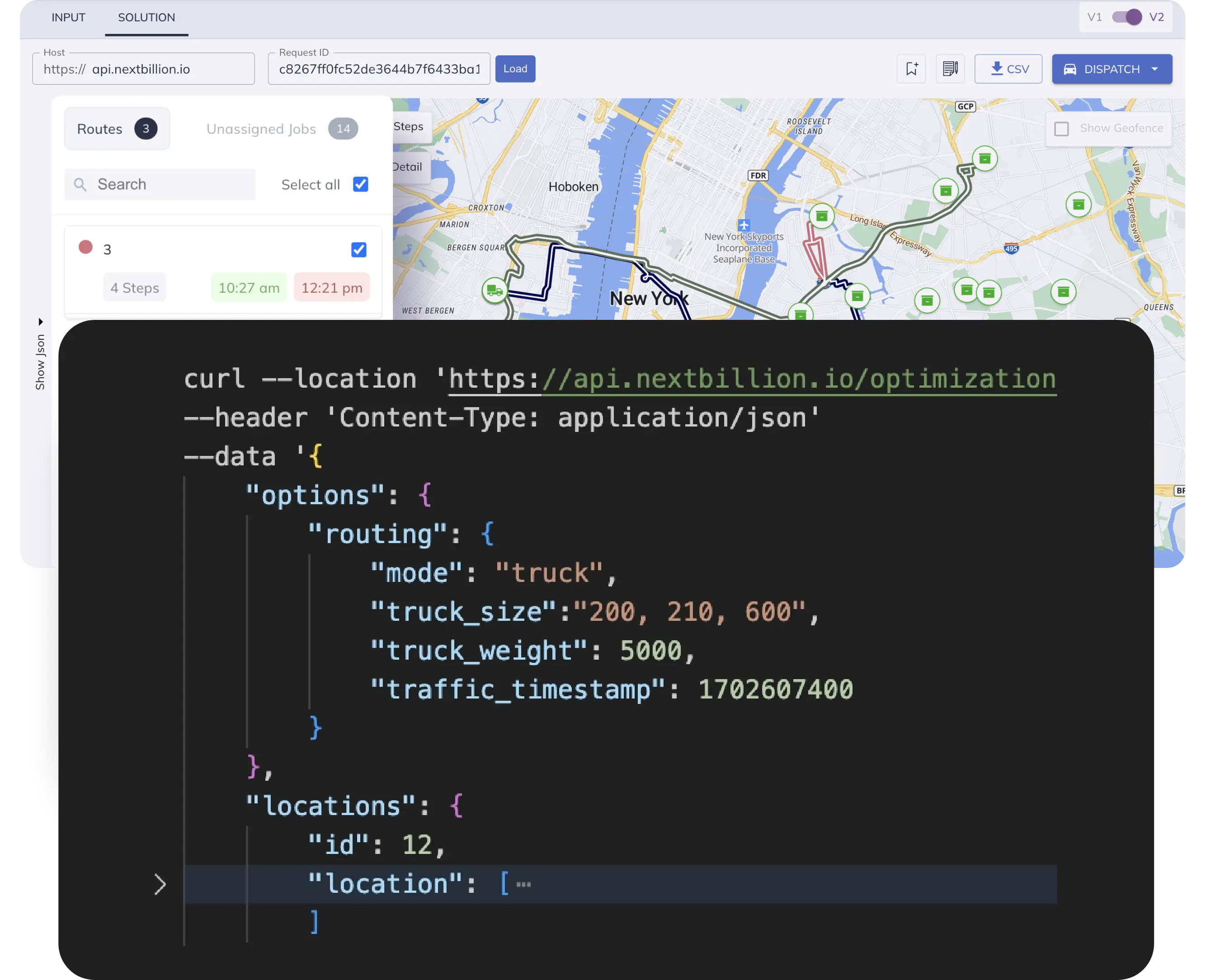Table of Contents
Introduction
Hello! Route optimization isn’t just about finding the shortest path; it’s about adapting to real-world variables. That’s where “Soft Constraints” come into play. In this post, we’ll explore why they’re essential, how to implement them, and how to analyze your results for ongoing optimization.
The Importance of Soft Constraints in Route Optimization API
Adaptability
Life is unpredictable. Traffic, weather, and other unforeseen events can disrupt your best-laid plans. Soft constraints in your route optimization API provide the flexibility to adapt to these variables.
Efficiency
By allowing some leeway in your constraints, you can achieve a higher task completion rate. It’s about making smart trade-offs between time and efficiency.
Customer Experience
Sometimes being slightly late is better than not completing a task. Soft constraints ensure that more jobs get done, even if they’re a bit delayed.
Implementing Soft Constraints in Route Optimization API
| Time Windows | Define the earliest and latest times a task can be performed. Add a buffer for flexibility. |
| Vehicle Shift Extensions | Allow for some extra operating time beyond regular shifts, like an additional 30 minutes. |
| API Configuration | Use the appropriate parameters in your API call to specify your soft constraints. |
For example:
{
"soft_constraints": {
"time_window": 300,
"vehicle_shift_extension": 1800
}
}
Analyzing Your Results with Route Optimization API
- Summary Metrics: Look at the total number of routes, cost, distance, and duration to gauge the effectiveness of your optimization.
- Late Jobs: Identify tasks that were completed outside their time window. Frequent delays may indicate a need for constraint adjustments.
- Vehicle Overtime: Keep an eye on how much extra time vehicles are operating. Consistently high overtime might require a reevaluation of your constraints.
- Cost-Efficiency Analysis: Weigh the total cost against the number of tasks completed. If you’re spending a lot but not achieving much, it’s time for a tweak.
- Wait Times: Examine the average and individual wait times for each job. High wait times could indicate inefficiencies that need addressing.
- Task Prioritization: Check if high-priority tasks are being completed within their time windows. If not, consider adjusting your constraints.
- Vehicle Utilization: Are all vehicles being used optimally? Underutilization could mean you have room to tighten your constraints.
Conclusion
Soft constraints are a crucial tool for making your route optimization more adaptable and efficient. They allow your system to better handle the unpredictability of the real world. So go ahead, implement them in your next project and see the difference they make.
Ready to get started?
Request a DemoTable of Contents







